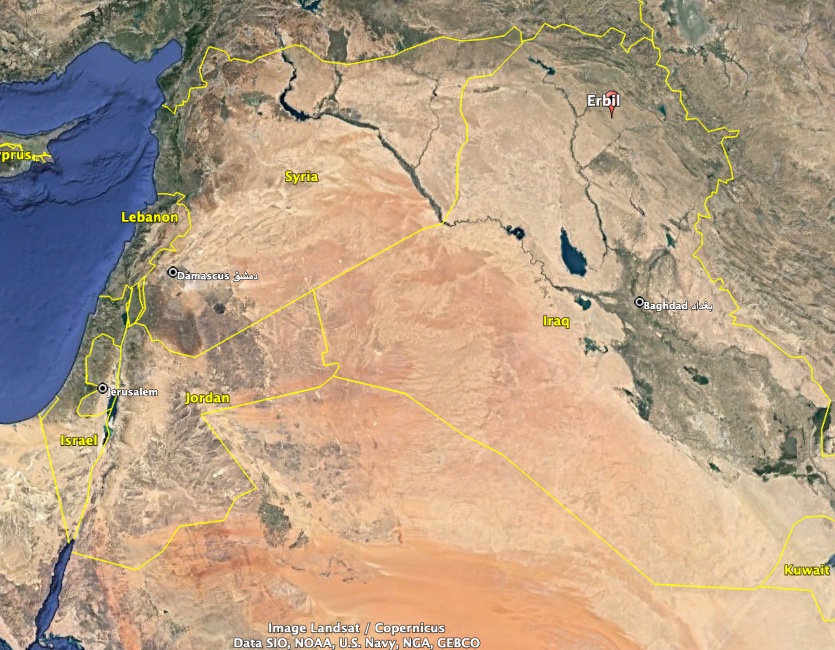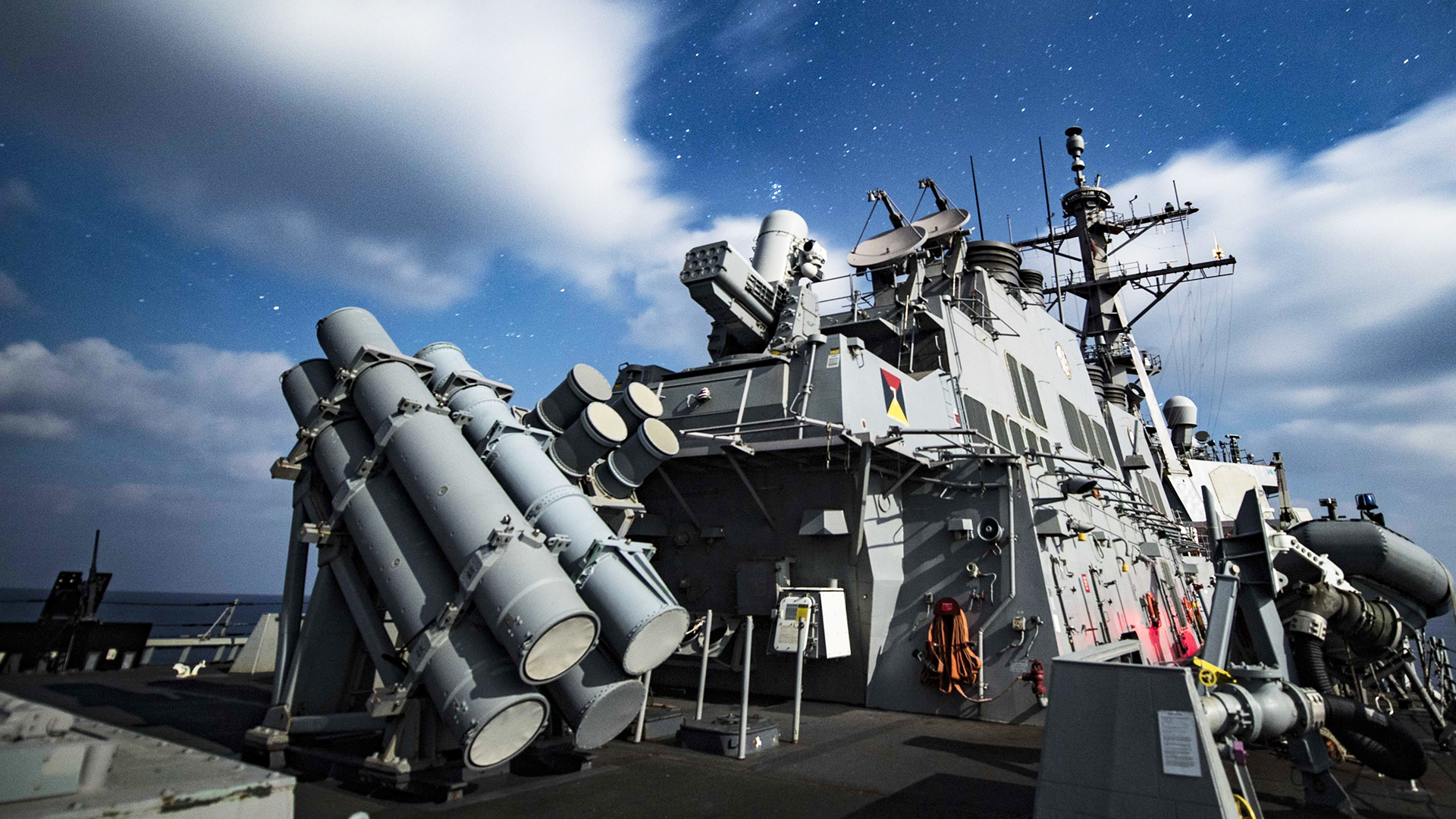The engagement of Houthi cruise missiles and drones by the Arleigh-Burke class destroyer USS Carney on Thursday in the Red Sea took place for far longer than initially reported, with more targets destroyed than first indicated. You can read our initial reporting on the incident here.
The Carney shot down four land attack cruise missiles and 19 drones, a U.S. official told The War Zone Friday. The engagements took place over a nine-hour period, CNN reported Friday.
As we reported Thursday, the Pentagon’s top spokesman said that the Carney shot down three cruise missiles and “several” drones. However, as Air Force Brig. Gen. Pat Ryder took to the podium yesterday, he also mentioned that the aerial targets intercepted by the Carney could have still been ongoing.

Those weapons were launched from Yemen, heading north along the Red Sea, potentially towards targets in Israel, Ryder said.
The new information about the incident builds upon the understanding of how long it lasted and the number of weapons launched by the Houhis. It further highlights the growing concern that the Israel-Hamas war could expand beyond Israel and potentially involve the U.S.
The Houthis are an Iranian-backed and supplied group in Yemen and recently directly threatened to join the fight against Israel. A sustained barrage toward Israel, intercepted by a U.S. warship in the Red Sea, is an ominous development. It’s also a reminder how the air defense situation over and around Israel, as well as in the region overall, is very tense. You can read all about Israel’s unique integrated air defense system and how threats emanating from the Red Sea have been a fear for years now, in this recent feature of ours.
Another Iranian-backed group, Hezbollah, is already routinely trading fire with Israel from Lebanon, sparking concern about the northern front opening up. The IDF published some videos Friday showing attacks it carried out against Hezbollah in Lebanon.
Against this backdrop, U.S. forces in Iraq came under attack again on Friday.
“Over the past 48 hours, there were two separate potential unmanned aerial vehicle attacks directed at the military base near Erbil International Airport,” U.S. Central Command spokesman Mike Lawhorn told The War Zone. “There were no reported injures or equipment damaged.”
The drones crashed without detonating and air defenses were not activated.
Lawhorn could not immediately attribute who carried out that attempted attack.

There were also two rocket attacks targeting a base with U.S. troops near Baghdad’s international airport early Friday morning, a U.S. official told The War Zone. Two of the rockets landed on the base, and two off base. There were no injuries.
Attacks on U.S. bases in Iraq and Syria are nothing new, but Ryder on Thursday said there has been “an uptick in terms of the types of drone activity we’ve seen in Iraq and Syria,” especially since the Oct. 17 explosion at the al-Ahli Hospital in Gaza. Hamas blamed that on Israel, a claim disputed by Israel and by U.S. President Joe Biden.
While the U.S. normally attributes attacks in Iraq and Syria to Iranian-backed militias, the Pentagon so far has shied away from blaming any party. However, according to the Syrian Observatory for Human Rights (SOHR), an attack on the U.S. garrison at at-Tanf Syria on Thursday was carried out by Iranian-backed militias in response to the situation in Gaza.
“Iranian-backed militias started their attacks on bases of the US-led International Coalition in Syrian territory as part of ‘revenge campaign for Gaza,’” SOHR reported Thursday. That came “after instructions by the command of the militias which executed their first two operations in the early hours of Thursday morning.”
At-Tanf garrison was also attacked Wednesday, Ryder says, targeted by two drones. U.S. and Coalition Forces engaged one drone, destroying it while the other drone impacted the base resulting in minor injuries to Coalition Forces.

That same morning in Iraq, early warning systems indicated a possible threat approaching the airbase at Ain Al Asad Air Base in western Iraq, which hosts U.S. forces. Base personnel sheltered in place as a protective measure. Though no attack occurred sadly a U.S. civilian contractor suffered a cardiac episode while sheltering and passed away shortly thereafter. And our deepest sympathies and condolences are with the loved one — loved ones of the individual who passed away.
As we previously reported, there were also drone attacks Oct. 17 on bases in Iraq with U.S. personnel.
While the U.S. is not saying who is behind these attacks, it is clear that fears of the Israel-Hamas war spreading throughout the region, and dragging the U.S. in with it, are well founded.
Contact the author: howard@thewarzone.com
